On April 4, 2018, a massive amount of information was thrown into the automobile circle: According to the relevant provisions of the “Foreign Trade Law of the People's Republic of China†and the “PRC Import and Export Tariff Regulations,†the State Council’s Customs Tariff Commission decided to Forty-four categories of 106 items, such as automobiles and chemicals, originating in the United States are subject to a 25% tariff. The implementation date will be determined by the U.S. government's Customs Tariff Commission, which will be announced separately. Although this policy has not yet been formally implemented, if it is implemented, many domestic passenger cars imported from the United States will be affected, regardless of whether it is 4S distributor channel or parallel import without exception, even in the near future, these models are used. Car prices will also be caused by this factor. Let's make a detailed inventory today to see which models we have around will be affected by this policy. â— Event Review On March 22, United States time, US President Trump signed the president’s memorandum and based on the results of “301 investigationsâ€, it will impose large-scale tariffs on Chinese imports and limit Chinese companies’ investment in M&A in the United States. Trump claims that the scale of China’s merchandise related to taxation may reach US$60 billion. Regarding the Trump administration’s initiatives, the Ministry of Finance of the People’s Republic of China released the news on April 4. With the approval of the State Council, the State Council Tariff Commission decided to impose 25% on 14 categories of 106 products such as soybeans, automobiles, and chemical products originating in the United States. Tariffs. A trade war between China and the United States may be opened this way. It is not difficult to see from the list that the tariff adjustment involves a very wide range of models, ranging from traditional power vehicles with a displacement of more than 1.5L to new energy vehicles. Even the auto parts are included. . â– What models will be affected by this? After reading the long list, we will first look at what models are likely to be affected by this tariff adjustment, (all models including but not limited to the following list) The major affected models this time are those originating in the United States. This mainly includes two major categories: one that is an American brand and is produced in the United States. This is better understood. For example, the models of Lincoln and Tesla that are currently sold domestically are almost all in this category; while the other categories are non-US brands, but also vehicles produced in the United States, such as those owned by Mercedes-Benz. The two popular SUVs, GLE and GLS, were also implicated in the production plant in the United States. First of all, we will find that not all American cars are affected. For example, the Lincoln brand has fewer MKZ and MKX models. The main reason is that their production plants are located in Mexico and Canada and are not within the scope of policy. The 300C model and Chrysler model in the Chrysler brand are also originated in Canada, so it will not be affected either (not limited to the 4 models we listed above). On the other hand, many of the models that were manufactured in the United States and were eventually imported into the country were affected despite the fact that many of them were not American brands. In addition to the aforementioned Mercedes-Benz models, the two hot SUVs, BMW was at home. The hot X series models are also among them. For example, the X3 and X5, which are familiar and well-sold, will all be affected, but fortunately, the BMW X3 will soon be made domestically, so the impact on domestic consumption in the future is almost negligible. At the same time, there will be many Japanese brands produced in the United States, including Acura and Infiniti, as well as Toyota Parallel imported cars that people may be familiar with, such as Seine, Sequoia and other models. â– How to calculate the tax? How much? Taking a 2.0T (assuming engine displacement of 1997ml) vehicle with a customs declaration price of 300,000 RMB as an example, the tariff rate before the tariff increase is 25%, the tariff rate should be 30*0.25=75,000, and the consumption tax rate is (30+7.5). / (1-0.05) * 0.05 ≈ 1.9736 million, while the value-added tax is (30 + 7.5 + 1.9736) * 0.17 = 67,100, and the total cost before the tariff increase is about 461.84 million yuan. After imposing a tariff of 25%, its cost has risen to about 554,100,000 yuan, almost 100,000 yuan, and the increase is still very obvious. "U.S. Made Model Import Cost Calculation Formula" "U.S. Production Vehicle Import Consumption Tax/Consolidated Tax Rate" â– How much will it affect the sales price increase? If the trade war really started, which brands are most affected? We also select several brands here and we make an analysis. First of all, we can expect Tesla to be the brand most affected by the policy, because it is currently only produced in the United States, and tariffs will inevitably have an impact on its costs. From the information obtained before, we can see that Tesla had sales of more than 2 billion U.S. dollars in the Chinese market in 2017, and sold about 20,000 vehicles in total. The Chinese market accounted for 20% of global sales in 2017. If the policy is formally implemented, how much will the domestic vehicle price change? We take MODEL 3 coming into the country as an example. Its starting price in China’s official website is about US$35,000, equivalent to RMB217,000 (exchange rate is calculated as 6.2). We will not consider the freight rate first, just looking at the rate adjustment. See the final price change. Through calculation, it can be concluded that if the 25% tax rate is calculated, the cost of MODEL 3 is 317,400 yuan, but if the tax rate is raised to 50%, the cost will increase to 380,800 yuan, or close to 20%. This data is still based on the lowest model and no freight calculation. If you count freight, the increase will be even higher. Having finished Tesla, let's talk about Lincoln again. In 2017, Lincoln sold 54124 vehicles in the Chinese market. Bitsila performed better, up 66% year-on-year, and the Chinese market became the second largest market for Lincoln in the world. The degree of importance is evident. The overall sales in China have exceeded three years. 100,000 units. The tariff increase is also not good news for Lincoln, which is not yet domestically produced. Taking the example of a very hot new car pilot in the country, we also calculate the lowest price in North America. The lowest price offered by North American official website is equivalent to 447,700 RMB, and the cost after calculating the cost at 25% is 871,100 RMB. After the upgrade, the cost will be 1.045 million, and the minimum increase will also be close to 20%. (Lincoln Navigator’s domestic price range is: 98.88-12.28 million). â– How to deal with price increase in the future? After reviewing the models we have listed and the simple calculations, many consumers may feel that the prices we mentioned in the future are unavoidable. Should we hurry up now? First of all, don’t worry. First of all, this policy has not yet been officially implemented, so the current domestic spot models will not be affected. Then if one day after the official announcement of the implementation, dealers and parallel import car dealers have no way to avoid price increases? We analyze the situation separately from the 4S channel and parallel import channels. â— 4S shop channel First talk about 4S channels. We visited dealers affected by products such as Lincoln and BMW. However, due to the fact that the policy has not yet been implemented, they cannot evaluate the policy from the perspective of 4S stores. They also need to wait for the information given by the factory after the implementation of the policy. From the perspective of what we currently have, Lincoln and Tesla are the least optimistic. The sales of these two brands in China account for the highest in the world. If the tariff increase is formally implemented, it will be difficult to avoid the overall rise of the frame, and its competitiveness will inevitably be affected to some extent. However, we have also speculated several possible countermeasures based on the current situation: 1. As soon as possible localization, Tesla had previously reported to be put into operation in China. Although it has not yet been finalized, the increase in tariffs may become a boost. Another important factor in localization. With the exception of MKX and MKZ, which avoids tariff increases due to origin, the import costs of other models will increase, and domestic production may not necessarily be a good way out. 2. Imported from other countries that produce this model, such as the BMW X-series models. In addition to the US production, the current version of the model is available in Thai production. If the tariff is raised, it can be imported only if it is imported from Thailand. The degree of reduction in influence. 3. Follow the price increase for consumers to pay. This should be the situation that domestic consumers, including distributors, are least willing to see. 4. Manufacturers themselves bear this cost until the end of the trade war. 5. In order to maintain the original terminal price, manufacturers will carry out a simple allocation of vehicles to compensate for the increase in costs caused by tariffs. In these cases, no matter what kind of method can only be considered a compromise. For the consumers and the factory, it is not a win-win situation. â— Parallel import car In order to understand more fully the impact of this tariff increase on the domestic automobile market, we interviewed parallel import car dealers in Shanghai for imported models of non-US brands. From their mouths we learned that at present, in the entire parallel imported car market, the proportion of models imported from the United States is not large, so the overall impact will not be too obvious. The cars imported from the United States are mainly concentrated in several well-known brands. Taking Mercedes as an example, the GLE and GLS models have a large proportion of imports from the United States, but they currently have sufficient stocks, so prices will not fluctuate in the short term, and even if the prices increase, these two models still have certain in the market. Alternatives, so in the long run, their sales will not be too obvious decline. The tariff increase will have a smaller impact on parallel imports of BMW. The X5/X6 is highly substitutable. It can be completely imported from Thailand to avoid price increases, while the BMW X4 sales are very small. Not too concerned about. As for some higher-end and higher-priced models, the final price will hardly affect the purchase of consumers and will not be analyzed in detail here. â– Will the used car market have an impact? If the price of a new car eventually rises, will the price of a used car rise accordingly? We also invited people from the second-hand car industry in Shanghai to analyze the situation. First of all, they feel that if the trade war is formally launched, eventually the market for US imports of used cars will still have an impact, but it is also a prerequisite for the establishment of a long-term Sino-U.S. trade war. Because it may take 2-3 months from determining that the price of a new car will increase and be delivered to the sales end, the second-hand car purchase price will only start to gradually increase, and it may eventually take another 1-2 months to reflect the sale price of used cars. The process of increasing the price of a new car to the price of a used car may be as long as five months. Whether the Sino-U.S. trade war can continue for so long is still a problem. So at present, everyone is based on waiting and seeing. â— Full text summary If the Sino-U.S. trade war continues to ferment, the "People's Republic of China Foreign Trade Law" and the "Impact of the People's Republic of China on Import and Export Tariffs" will surely impose a 25% tariff regulation on 12 categories of 106 items such as automobiles originating in the United States. Implementation, then according to our above-mentioned content, the majority of American car company's vehicles will be affected, and there will be some non-US brands but car manufacturers in the United States suffered a "lying shot." Dong Yang, executive deputy chairman of the China Automotive Association, added that this time, "Sino-US car cooperation is a mutually beneficial cooperation. It is absolutely beneficial to the U.S. side. If there is no development in the Chinese market, U.S. GM, Ford, and Chrysler are the three largest cars. The company will become a second-rate company!" It can be said that the occurrence of this incident has caused great harm to American auto brands. However, for consumers, the damage is not as big as we think. After all, the opportunities in the Chinese market are often “extremely fleetingâ€. The increase in tariffs has led to a substantial increase in the final price of some vehicles. The most direct direction is the rapid decline in the vehicle's product strength. At the same time, in a fast-paced consumer market such as China, if branded products are weak, they will only be replaced by products from other brands and occupy the market. In addition, the mainstay of consumption in the Chinese market is gradually becoming younger, with the consequent increase in the acceptance of new things and the decline in brand loyalty. Therefore, if the regulations are to be implemented in the near future, the harm to the US brands must be continuous.
There are two types of Sodium carboxymethyl cellulose, alkaline and neutral, depending on the application. Alkaline, industrial low viscosity (2% aqueous solution) 0.2~0.5Pa·s; neutral, industrial medium viscosity (2% aqueous solution) 0.3~0.6Pa ·S, industrial high viscosity (2% aqueous solution) 0.8~1.0Pa·s.
It's widely used in oil industry drilling mud treatment agent, synthetic Detergent, organic builder, textile printing and dyeing sizing agent, daily-use chemical products water-soluble colloidal tackifier, tackifier and emulsifier for pharmaceutical industry, and food industry Thickener, adhesive for ceramic industry, industrial paste, sizing agent for paper industry, etc. Used as flocculant in Water Treatment, mainly used for wastewater sludge treatment, can increase the solid content of filter cake.
Carboxy Methyl Cellulose,CMC Thickener,CMC Sodium Yucheng Jinhe Industrial Co.,Ltd , https://www.jinhetec.com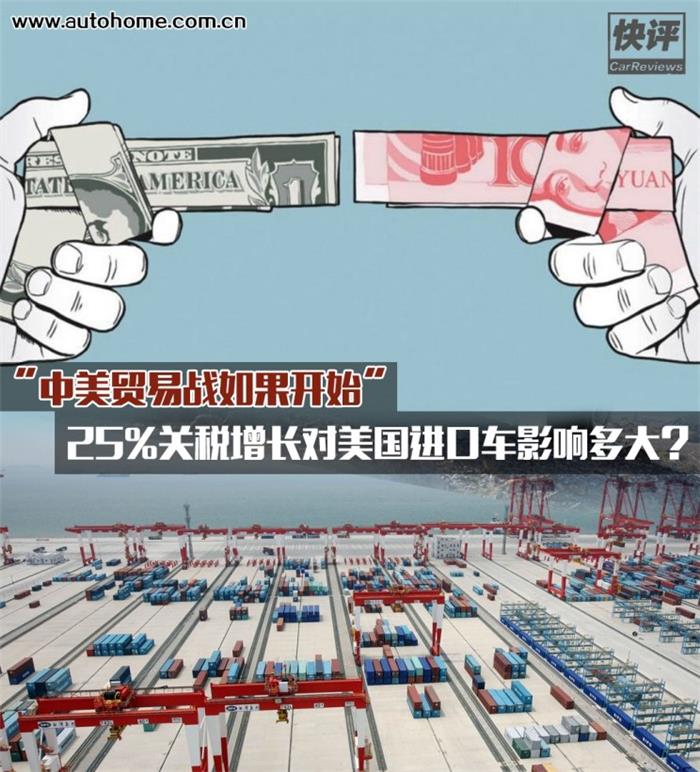
![]()

![]()
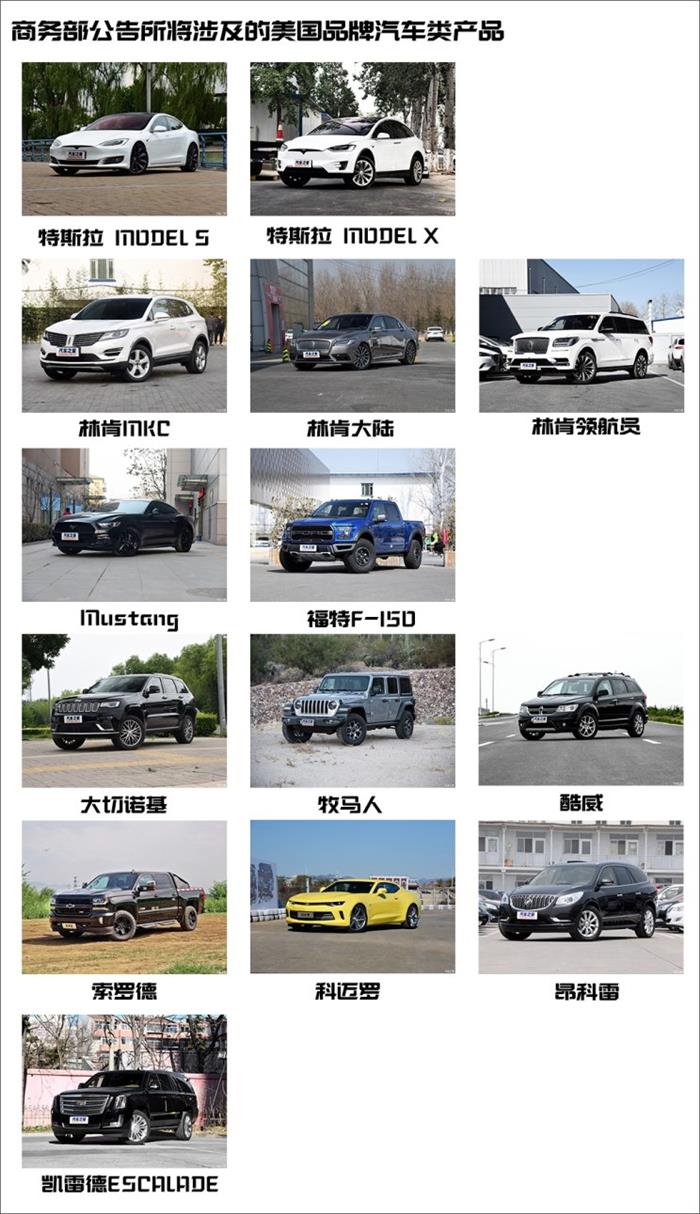
![]()

![]()
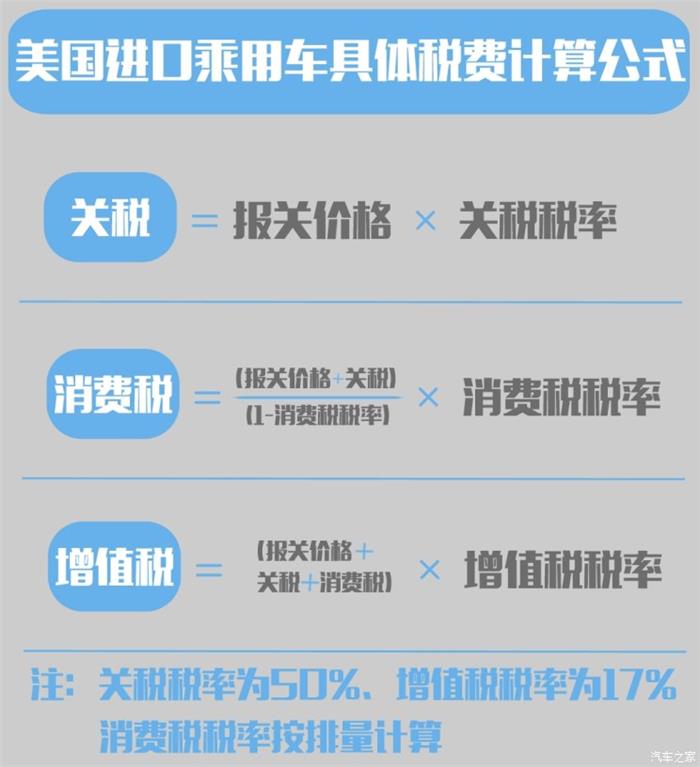
![]()
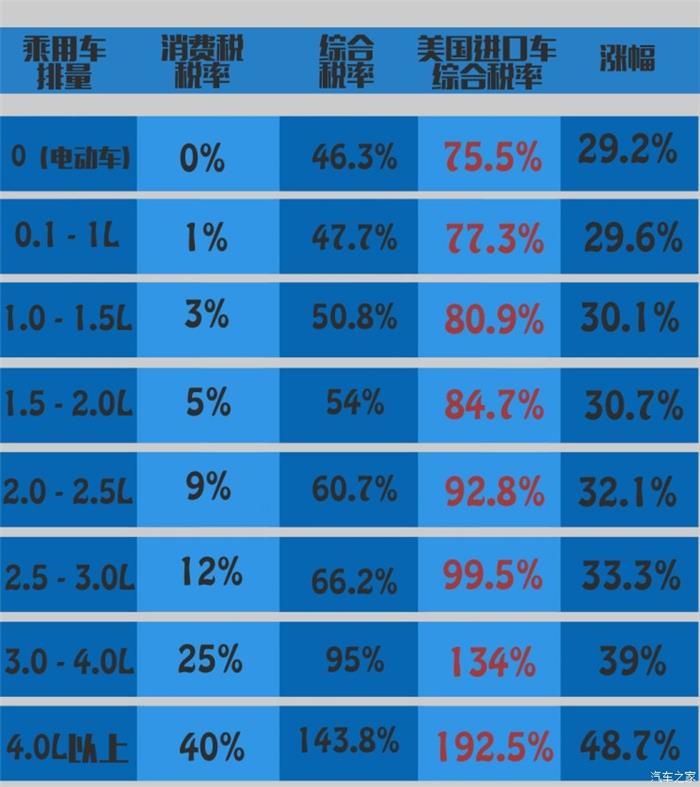
![]()
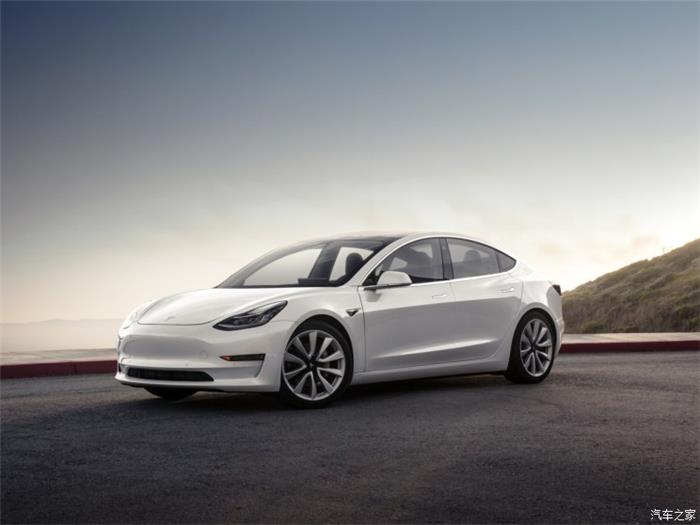
![]()
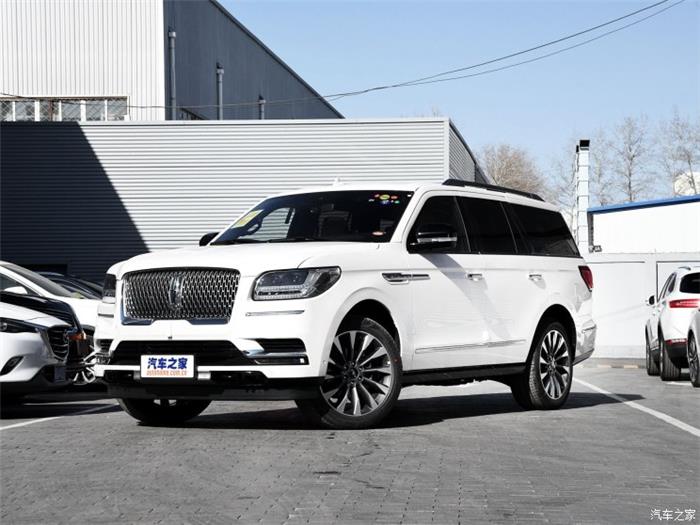
![]()
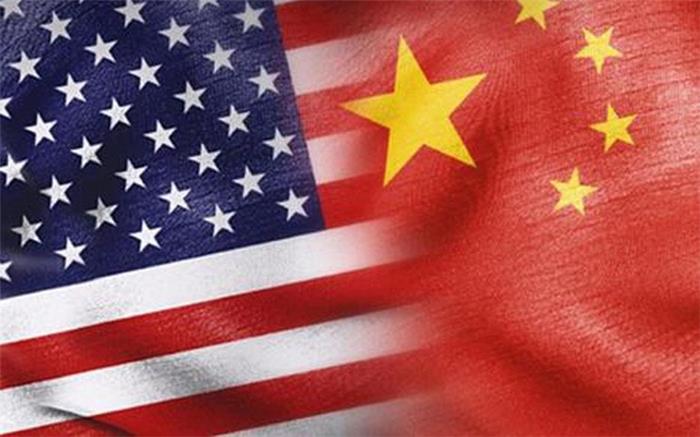
![]()